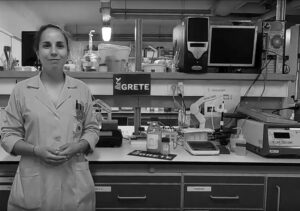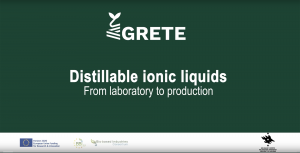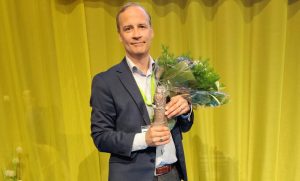2020 has been a tough year, in many aspects. The physical isolation forced many of us to focus on the essentials and go more into details. So will we do, while going on in telling you the GRETE story.
Remember the scenario?

The GRETE initiative is born due to the fact that, today, the textile industry is one of the most polluting industries globally and there is increasing awareness of its negative impacts on the environment. Besides generating air pollution throughout the whole value chain, the textile industry is known to be a water intensive sector producing high amounts of polluted wastewater. The volume and composition of the wastewater depend mainly on the used raw material and the textile production process. A way to minimise the environmental footprint of the current textile production, is to reconsider the raw materials used in the first place.
The main fibres currently applied in textiles are fossil-based synthetic fibres, followed by cotton fibres. The third largest share of fibres used in the textile industry are the so called man-made cellulosic fibres, which include wood-based textile fibres.
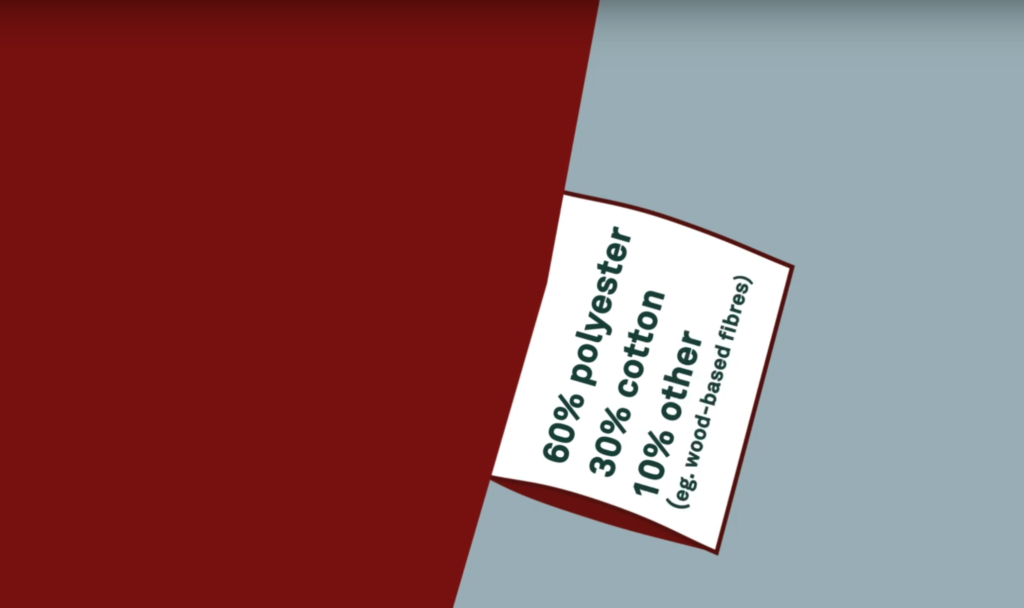
Several drawbacks of using fossil-based synthetic fibres are nowadays well-known and pushed researchers to look for more sustainable alternatives. Cotton on the other hand, although being a renewable resource, is causing an increased negative environmental impact as its cultivation requires irrigation water, arable land, fertilizers and pesticides. Whereas, man-made cellulose fibres might offer a low environmental impact solution exploiting the most abundant polymer in the world: cellulose.
If you haven’t yet, take a look at this short video that introduces you to the reasons for creating the GRETE consortium and tackling today’s challenges of the textile industry.
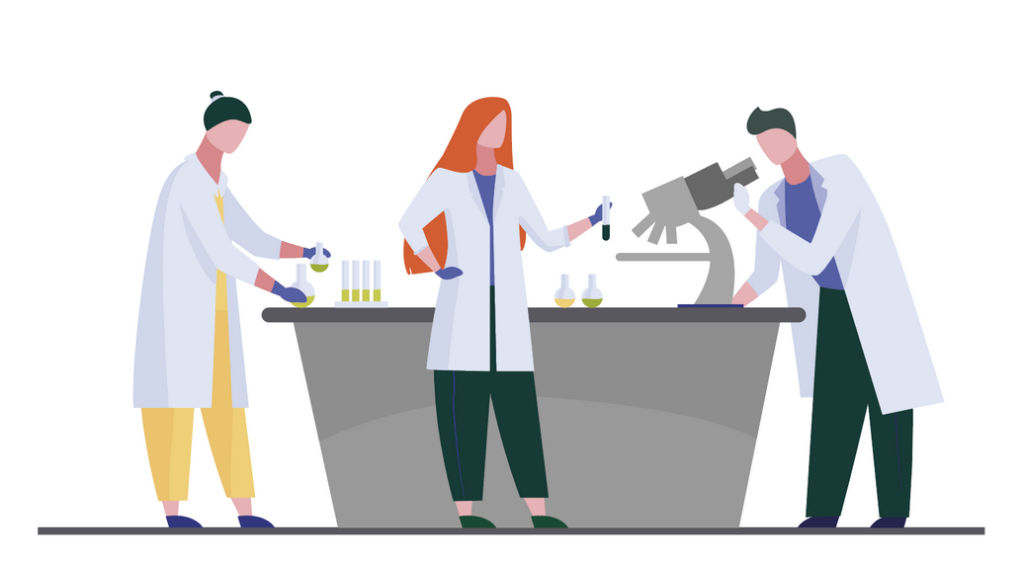
The protagonists of our adventure are the experts and researchers participating in the project: an international collaboration of excellence involving institutions from across Europe with top expertise in their fields of activity. Their ambitious objective is to develop novel and better solutions for wood pulp modification and cellulose dissolution to generate more sustainable textiles. How? watch this short video that illustrates the GRETE goals and how to reach them.
Within GRETE, reducing the environmental footprint of the textile industry will happen in 3 research lines:
- by modifying paper pulp to broaden the raw material base for man-made cellulose fibres;
- by further developing ionic liquids as novel chemicals for cellulose pre-treatments and dissolution;
- by regenerating cellulose from paper pulp and spinning of high quality man-made cellulose fibres.
The three research streams enabling these steps are intertwined and executed in parallel, keeping the involved research teams in constant exchange.
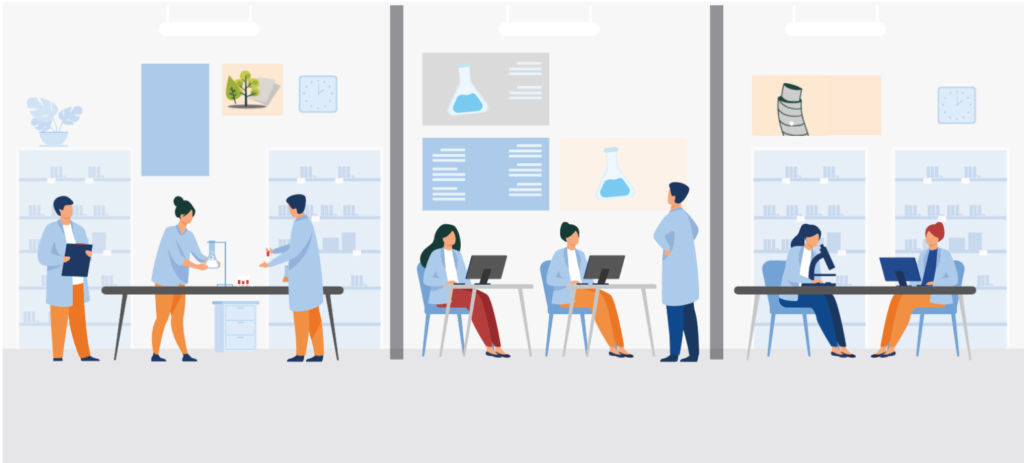
> 1. new raw material base thanks to paper pulp modification
> 2. novel chemicals for low impact cellulose transformation processes
> 3. high quality man-made cellulose fibres from regenerated cellulose
After having you introduced to the context of our play, in the upcoming weeks we will go into details showing you how the three research streams of the GRETE project will contribute to achieve its goals.
Be part of the journey: follow us on our social channels Facebook, LinkedIn, Instagram, Twitter and subscribe to our newsletters to receive updates!
